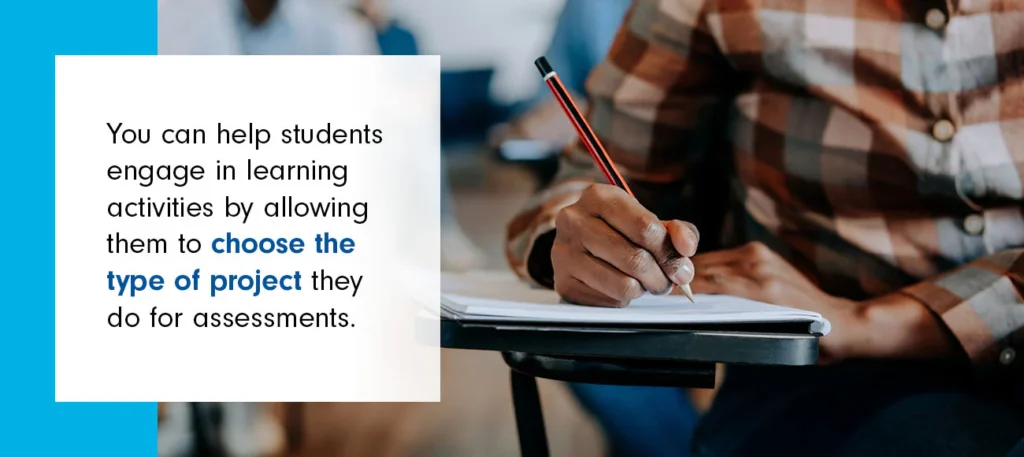Keeping students engaged is one of the most rewarding — and challenging — aspects of teaching. Research consistently shows that when students are genuinely involved in their learning, they not only perform better academically but also develop a more optimistic view of their futures. So, how can teachers transform a passive classroom into a vibrant community of active learners? It starts with strategies that invite students into the learning process.
Here are 29 proven techniques to boost student engagement and participation — ready for you to mix, match, and make your own.
Why Engagement Matters
Student engagement isn’t just a nice-to-have — it’s fundamental to academic success. Studies show that engaged students are 2.5 times more likely to achieve higher grades and 4.5 times more likely to feel hopeful about their futures. An engaged classroom cultivates deeper critical thinking, better retention, and a stronger connection to the learning material.
The good news? Engagement isn’t a mystery. It’s a practice — one that any educator can master with the right tools.
Strategies for Active, Enthusiastic Learning
1. Personalize the Environment
Create a classroom where every student feels seen and valued. Ask about their interests, backgrounds, and goals — and show that you’re genuinely listening.
2. Clarify Course Objectives
Clearly lay out learning goals and expectations. When students know the “why” behind what they’re learning, they’re more likely to stay committed.

3. Show Your Passion
Your enthusiasm is contagious. Smile, use animated gestures, and tell students why you love the subject. They’ll mirror your excitement.
4. Tap into Prior Knowledge
Begin lessons by asking what students already know. It helps tailor your instruction and makes them active participants from the start.
5. Foster Participation
Encourage students to jump into discussions. Use activities that promote teamwork, peer-to-peer responses, and critical conversations.
6. Build in Discussion Time
Group work fosters peer learning. Give students chances to solve problems together and explain their reasoning out loud.
7. Embrace Experiential Learning
Let students learn by doing. Whether through experiments, simulations, or real-world scenarios, hands-on activities drive engagement.
8. Student Teaching Moments
Invite students to explain new concepts to their peers. Teaching is one of the best ways to deepen understanding.
9. Offer Choice in Assignments
Give students options — projects, essays, presentations — and watch their motivation soar.

10. Promote Reflection
Teach students to think about how they learn. Self-assessment encourages ownership and boosts long-term success.
11. Start with a Warmup
Kick off lessons with quick activities — like finding errors in a passage — to sharpen focus and spark energy.
12. Turn Participation into Credit
Offer low-pressure credit for participating in discussions or completing informal assignments. It builds accountability without stress.
13. Ask Open-Ended Questions
Questions without one “right” answer ignite thoughtful discussion and creativity.
14. Maintain an Organized Space
A clean, organized classroom creates a calm, focused environment. Set the tone by involving students in daily tidy-up routines.
15. Use Multimedia
Integrate videos, podcasts, and interactive tech tools to appeal to today’s digitally fluent learners.
16. Fill Downtime Creatively
Turn short breaks into learning moments with quick-writes, pair-share discussions, or reflection prompts.
17. Gamify Lessons
Inject games into lessons. Friendly competition adds excitement, encourages teamwork, and strengthens problem-solving skills.
18. Host Friendly Competitions
Keep competitions low-stakes and learning-focused to motivate students without stress.
19. Relate Lessons to Real Life
Anchor lessons in real-world examples. Students engage more deeply when they see how knowledge applies to their lives.
20. Goal Setting and Reflection
Have students set personal academic goals and reflect on their progress. It fosters motivation and a growth mindset.
21. Design a Learning Zone
Create a classroom space that invites exploration, with easy access to learning materials and visual aids that inspire.
22. Champion Active Learning
Use strategies like debates, peer interviews, and regular pauses for group reflection to keep students mentally present.
23. Bust Assumptions
Challenge students to question assumptions and reframe problems. It promotes critical thinking and creativity.
24. Seek Student Feedback
Ask students how you’re doing. It builds trust and gives them a voice in their education.
25. Reward Progress
Use small, meaningful rewards — for individuals or groups — to celebrate milestones and encourage consistent effort.
26. Brain Breaks
Give students short mental breaks to recharge. Stretching, quick games, or simple breathing exercises can work wonders.
27. Brainstorm Solutions
Turn challenges into collaborative opportunities. Brainstorming sessions foster teamwork and generate innovative ideas.
28. Build Team Accountability
Encourage students to rely on their groups first before seeking help from the teacher. It nurtures independence and collaboration.
29. Rearrange the Classroom
Switch up the layout — think pods, circles, or horseshoe seating — to refresh the learning dynamic and enhance interaction.
Final Thoughts
Student engagement doesn’t just happen — it’s intentionally cultivated. From tweaking the physical setup of your classroom to shifting the way you ask questions, small changes can make a big difference.
By implementing even a handful of these 29 strategies, you’ll create a more dynamic, inclusive, and inspiring learning environment — one where students don’t just sit and listen, but think, share, and grow.





